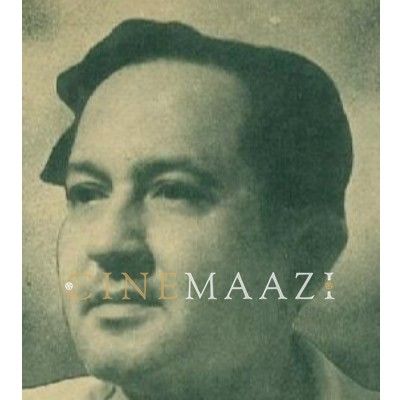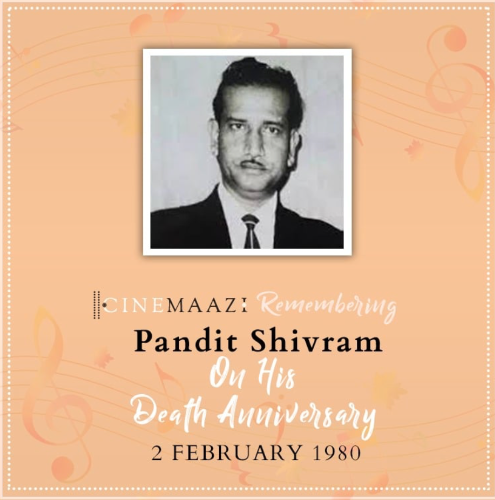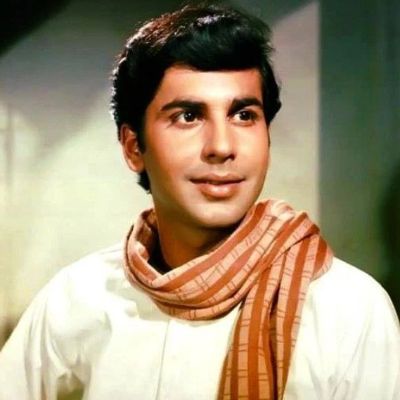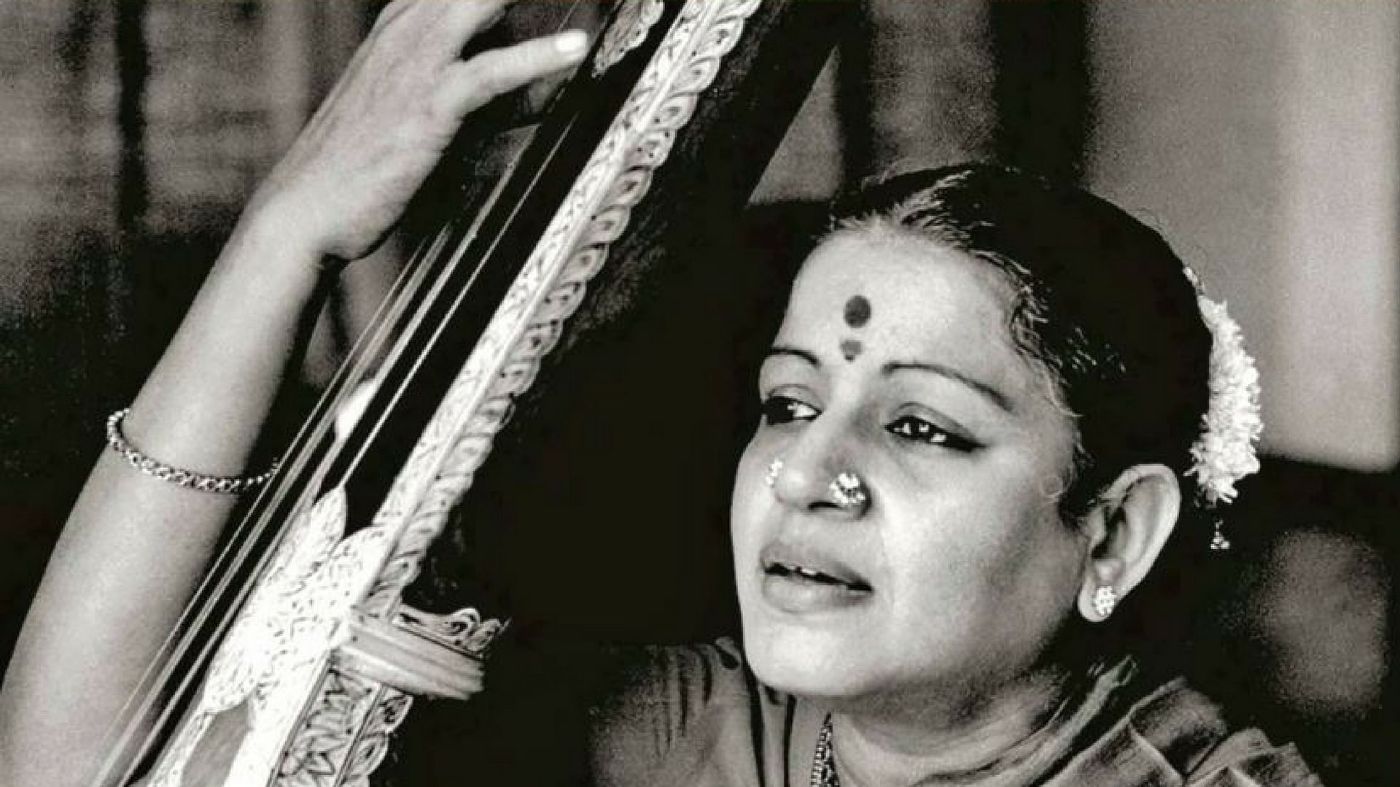Unforgettable is a tribute to the women who became synonymous with South Indian cinema.
The book profiles thirty-four amazingly gifted women who challenged stereotypes, redefined femininity and captured the hearts of millions of film goers. Over four decades, their multivarious roles made them larger-than-life images across South India. Most of them acted in all the four languages—Tamil, Kannada, Telugu and Malayalam—essaying roles that deeply impacted the society. Some of them entered filmdom at a time when cinema was strictly out of bounds for women. But they had the courage to fight against all odds and established themselves.
These are some remarkable human interest stories of individuals who stood up for themselves and left an indelible mark on millions of film buffs.
The following is an excerpt from the book Unforgettable: The Iconic Women of South Indian Cinema written by Nalini Shivkumar and Rema Mahalingam.
For a lay person to write about M.S. Subbulakshmi can be intimidating to say the least, and in the process to make sure that one does not plagiarize some of the aptly chosen epithets that have already been used to describe her, is another huge ordeal that one would face, adding to the apprehension of venturing to do justice to a celebrity larger than life, of almost an epical magnitude, a demi-goddess!
Talking about her foray into films would be unseemly without a prelude to her milieu in music that gave her a unique status unchallenged and unparalleled by anyone in the fraternity.
Not many know that Kunjamma, as she was fondly called, learnt to play the mridangam. She was constantly exposed to music because the family stayed close to the famous Meenakshi temple and she would hear the nadaswaram played there every day.
Madurai Shanmukhavadivu Subbulakshmi (popularly known as M.S.) was born on 16 September 1916 to Shanmukhavadivu, a veena player, and Subramania Iyer, a leading lawyer. Subbulakshmi grew up in what was virtually a temple of music. Not many know that Kunjamma, as she was fondly called, learnt to play the mridangam. She was constantly exposed to music because the family stayed close to the famous Meenakshi temple and she would hear the nadaswaram played there every day. This perhaps ignited the spark of her musical genius, a marvellous and extraordinary power that was being primed in her. She stopped her schooling when she reached the fifth standard and from then, it was music all the time. She had an unusual concentration on the tanpura sruthi. She received training in classical Carnatic music under the famous Semmangudi Srinivasa Iyer, and subsequently, in Hindustani classical music under Pandit Narayan Rao Vyas.
It was around this time, during one of her concerts, that Thiagarajan Sadasivam Iyer entered her life. He was closely following her concerts and felt that he could plan her path and career in music, observing that there was more to her. Sri Sadasivam Iyer, a great connoisseur of music, approached Subbulakshmi’s mother and sought her daughter’s hand. The mother consented and so did the daughter. He married her in 1940.
When producers approached M.S. Subbulakshmi to act in films, it was her husband who persuaded her to act in a few movies with specific financial objectives in mind, making sure that they were idealistic and chaste themes, with the accent on music.
When producers approached M.S. Subbulakshmi to act in films, it was her husband who persuaded her to act in a few movies with specific financial objectives in mind, making sure that they were idealistic and chaste themes, with the accent on music. In 1939, Sadasivam and Subbulakshmi together formed their own film company and wanted to produce a mythological film,
Sakuntalai.
M.S. Subbulakshmi starred in four of
Ellis Dungan’s films—
Sevasadanam,
Sakuntalai,
Savithri (1941) and
Meera (1945)—and the two that Dungan directed turned out to be Indian film classics.
Tamil film critic and historian, Aranthai Narayanan, observes in his book, Thamizh Cinemavin Kathai (The Story of Tamil Cinema), that ‘Sevasadanam proved a turning point in the history of Tamil cinema.’
Her first film was
Sevasadanam in 1938, directed by
K. Subramaniam, based on a novel by
Premchand,
Bazaar-e-Husn. The film championed the cause of women’s equality and was a scathing attack on the dowry system, which often compels poor young girls to marry men much older than them.
Sevasadanam, literally meaning ‘the house of service’, tells the story of an abused wife Sumathi (M.S. Subbulakshmi) who is driven out of her house by her husband and into prostitution. Later, she devotes her life to running an institution for the children of prostitutes. The film strongly depicts compatibility issues between such couples and sympathizes with the victims. Tamil film critic and historian, Aranthai Narayanan, observes in his book,
Thamizh Cinemavin Kathai (The Story of Tamil Cinema), that ‘
Sevasadanam proved a turning point in the history of Tamil cinema.’
Director Dungan, who shot Sakuntalai, later recalled how he could not get the desired reaction from her for a particular scene, so he sought permission from her husband to be rude to her, so as to enrage Shakuntala enough to unleash her pent- up ire on Dushyant. He succeeded in getting the desired shot.
Her second film, their home production, was
Sakuntalai (1940), the story of the mythological queen Shakuntala, immortalized by Kalidasa in his play
Abhijnanasakuntalam.
Director Dungan, who shot
Sakuntalai, later recalled how he could not get the desired reaction from her for a particular scene, so he sought permission from her husband to be rude to her, so as to enrage Shakuntala enough to unleash her pent- up ire on Dushyant. He succeeded in getting the desired shot. The film was a box-office success.
M.S. Subbulakshmi played the male role of Narada in
Savithri (1941), to raise money to launch
Kalki, the nationalist Tamil weekly, co-founded by her husband. Reviews reveal that when Narada descended from the sky, singing, the theatre reverberated with applause.
Her next film,
Meera (1945), was ‘visually opulent’ despite being a black-and-white film because of the technical brilliance of Dungan (an excellent cameraman) and his cinematographer,
Jiten Banerjee. They used a mould of her face, experimenting with different angles to make her look ‘ethereal and angelic’, and it worked. Her virtuoso rendering in Hindi of Meerabai (in the late 1940s), the austere Rajput queen who dedicated her life to Lord Krishna, had producers subsequently pleading with her to act in their films. But after Meera, M.S. Subbulakshmi withdrew from cinema.
M.S. Subbulakshmi played the male role of Narada in Savithri (1941), to raise money to launch Kalki, the nationalist Tamil weekly, co-founded by her husband. Reviews reveal that when Narada descended from the sky, singing, the theatre reverberated with applause.
She was truly a blessed star, extolled for her music, films and personal virtues. Princes and rulers have bowed to her music, as when the (then) Maharana of Udaipur said to her, ‘I would have exchanged my whole kingdom for this Kalyani raga. Now I shall give you whatever help you need by way of horses and elephants in location shooting.’ And he certainly did help them during the filming of Meera.
An excerpt from Ellis Dungan’s reminiscences of directing M.S. Subbulakshmi states, ‘As an actress, she worked hard to perfect her art. When time permitted, I also taught her a few words of English. By the time we completed Meera, she had mastered enough English to carry on a conversation. Since musicians always surrounded her in her home, rehearsing songs for a recital somewhere, I had to literally wait my turn to conduct film rehearsals. She was quite a busy lady and a lovable one…’
Her next film, Meera (1945), was ‘visually opulent’ despite being a black-and-white film because of the technical brilliance of Dungan (an excellent cameraman) and his cinematographer, Jiten Banerjee. They used a mould of her face, experimenting with different angles to make her look ‘ethereal and angelic’, and it worked.
In Bombay Studio where the musical score for
Meera was being recorded, artists who came in for other recordings would stop by and become rapt listeners. A thin newcomer, two long plaits dangling behind, refused to record her song after the M.S. session. ‘Not now, not after that!’
Lata Mangeshkar went on to become a legend of course, but she continued to remain a devoted M.S. fan.
In both appearance and lifestyle, M.S. Subbulakshmi remained conservative, with her flower-decked kondai (hair tied up in a bun) and her diamond nose and earrings. Possessing no jewels beyond what she wore and quick to give away the silk sarees gifted to her by admirers, she never tried to appear younger than she was. Thousands of people saw her as the embodiment of grace.
A thin newcomer, two long plaits dangling behind, refused to record her song after the M.S. session. ‘Not now, not after that!’ Lata Mangeshkar went on to become a legend of course, but she continued to remain a devoted M.S. fan.
M.S. Subbulakshmi has always herself maintained that ‘she is what she is’, solely because of her husband. He was her friend, philosopher and guide. Her commitment to the chosen field was total, be it films or music, and her progress was meteoric. Hers was a rare combination of a pleasing stage personality coupled with humility, which served to embellish her image all the more. Her contributions to early cinema and music are truly timeless, alive and vibrant. Though she scaled new heights at every stage in her career, success did not make inroads into her equanimity or her impeccable demeanour; the native flavour was never lost in her rendering of songs in any language.
Even today there is one more colour in shades of blue which silk stores stock, referring to it as ‘MS blue’.
M.S. Subbulakshmi passed away at the age of eighty-eight, on 11 December 2004, in Chennai. But the rich legacy of music that she left behind will live on forever. The initials M.S. are two letters that spell magic and nostalgia for Tamilians, and transports them to the world of music. The last word in grace in South India is undoubtedly M.S.; the ultimate compliment for a woman in her twilight years is to be remotely resembling her, the colour of the Kanchipuram silk saree that she wore, a deep blue, is imprinted in the minds of thousands of women, and even today there is one more colour in shades of blue which silk stores stock, referring to it as ‘MS blue’.
It is a daunting task to separate the great M.S. from the annals of Carnatic music and present her other facets, the lady has not only left behind an immortal legacy in music but has also created a cult following for her singing star image in
Meera and
Sakuntalai.
This excerpt is from Unforgettable: The Iconic Women of South Indian Cinema by Nalini Shivkumar and Rema Mahalingam published by Rupa Publications.








.jpg)


